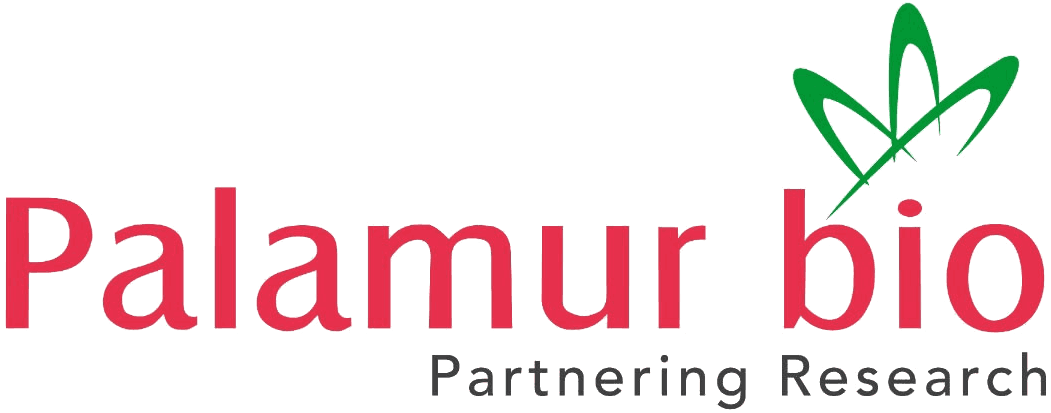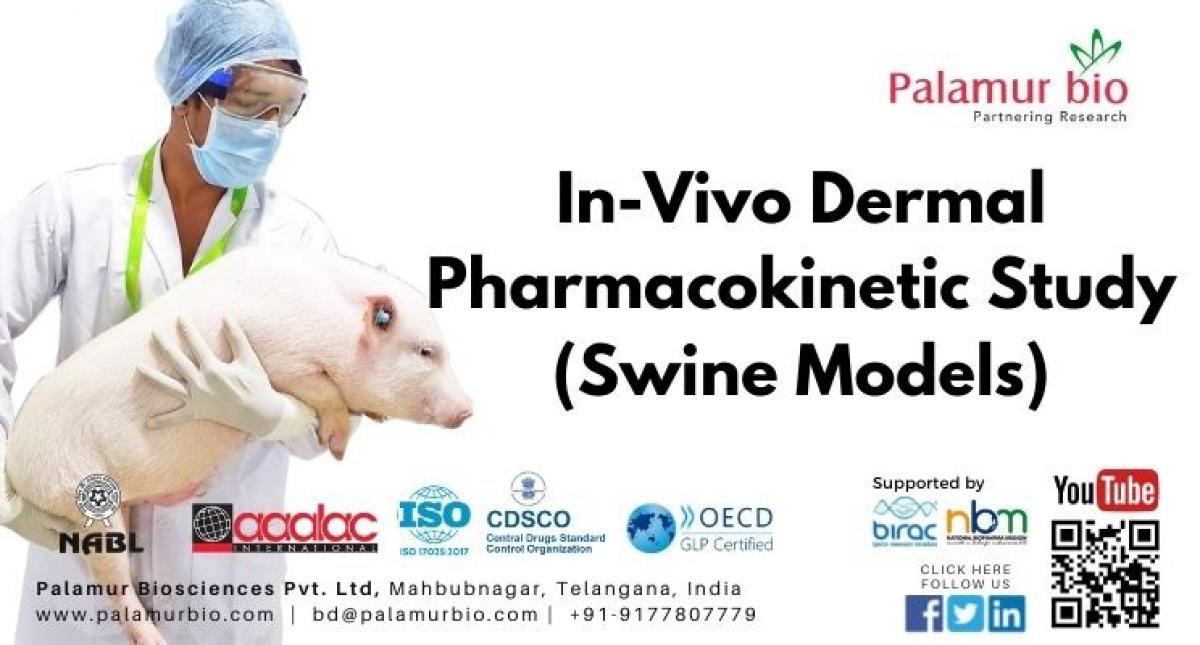
Preclinical wound models that are capable of properly recapitulating human wounds with different circumstances like infection, diabetes and with different types like scald, burn, incision or excision remain a significant translational challenge. Animal models should strive for reproducibility, quantitative interpretation, clinical relevance, and successful translation into clinical use. In this concise update of capacity to undertake preclinical wound models at Palamur biosciences private limited, we discuss large pigs and mini-pigs* animal models for skin wounds used in our facility with special emphasis on the cellular and immuno-histo-chemical processes of wound healing to evaluate the efficacy and safety of potential therapeutic agents.
*Mini-pigs are used for experiments where the quantity of the therapeutic agent is a limitation, especially with parenteral/per-oral routes of administration, while for the topical administration of the therapeutic agents, large pigs provide a better area to create sufficient number of wounds on the back of the animal.
At Palamur Biosciences following preclinical wound models in pigs are routinely executed
- Scald burn wound model
- Burn wound model
- Incision wound model
- Partial and full thickness excision wound model
The diabetic and infectious status annexure can be added to these models.
The wounds of different nature are created following universally accepted methods in the dorso-lateral area of thoraco-lumbar region and a real time macro (Planimetry and Visual analogue score) and micro (histological and immuno-histo-chemical) evaluation of wound healing is done at different intervals (1, 2, 3 and 4th week etc.)
Macroscopic evaluation of wound healing
Macro or observational wound healing is done by means of planimetry (wound contraction measurements) and applying the visual analogue score. Following is an example of full thickness excision wound model planimetry measurements on week I, 2, 3, and 4 where progression of wound contraction is evaluated for the 2.5cm x 2.5cm full thickness wounds.
Microscopic evaluation of wound healing
Biopsy tissue samples collected at different intervals are subjected to routine histopathology, immuno-histo-chemistry (IHC), Sirius Red staining, and hydroxyproline assay. The stained sections are used for histopathological evaluation of wound maturation and healing based on epidermal (Degree of epithelialization and restoration of rete ridges) and dermal (Collagen fiber Orientation, density, and collagen fiber maturity) texture status. The collagen proportion area analysis of sirius red stained sections is measured by Leica LAS (Leica Application Suite) software. Quantification of collagen content per gram of tissue is calculated using Hydroxyproline assay. Immuno-histo-chemistry of CD 31 and VEGF markers is done for their expression in endothelial cells, fibroblasts, and other stromal cells (mononuclear cells) to assess wound healing progression.
Histological wound healing progression is generally evidenced by the formation of new epithelium, collagen maturation, orientation and reorganization of dermal components as the wound progress towards healing. The Hydroxyproline content and Collagen Proportion Area generally increase as the healing progresses but by the end of complete healing gets remodeled (decreases).
Immunohistochemistry (IHC) is an important auxiliary method to specifically visualize distribution and amount of a certain molecule in the tissue using specific antigen antibody reaction. The applications of IHC have recently been extensively utilized for better understanding of progression of wound healing. The routinely used markers of wound healing progression are CD31 and VEGF. CD31 is normally found on endothelial cells, platelets, macrophages and Kupffer cells, granulocytes, lymphocytes (T cells, B cells, and NK cells), megakaryocytes, and osteoclasts. CD31 is used primarily to demonstrate the presence of endothelial cells in histological tissue sections. This can help to evaluate the degree of angiogenesis or neovascularization. VEGF is produced by many cell types that participate in wound healing: endothelial cells, fibroblasts, smooth muscle cells, platelets, neutrophils, and macrophages.
References
- Theunissen, D., et al. "Measurements in wound healing with observations on theeffects of topical agents on full thickness dermal incised wounds." Burns 42.3(2016): 556-563.
- Jung, Youngjin, et al. "Experimental pig model of clinically relevant wound healing delay by intrinsic factors." International wound journal 10.3 (2013): 295-305.





